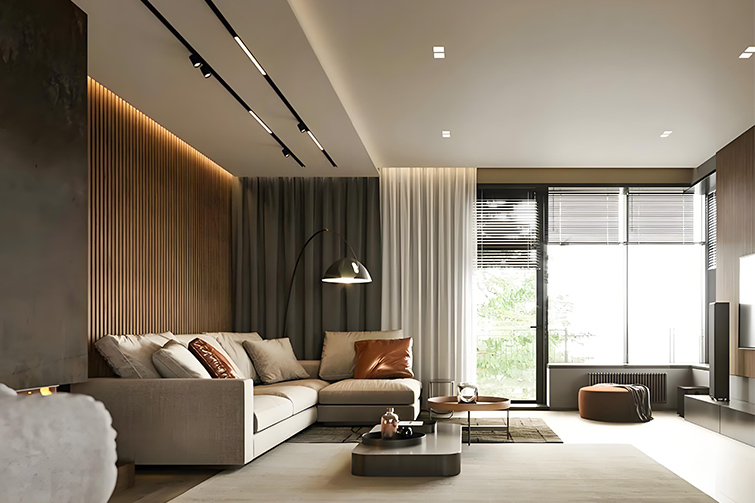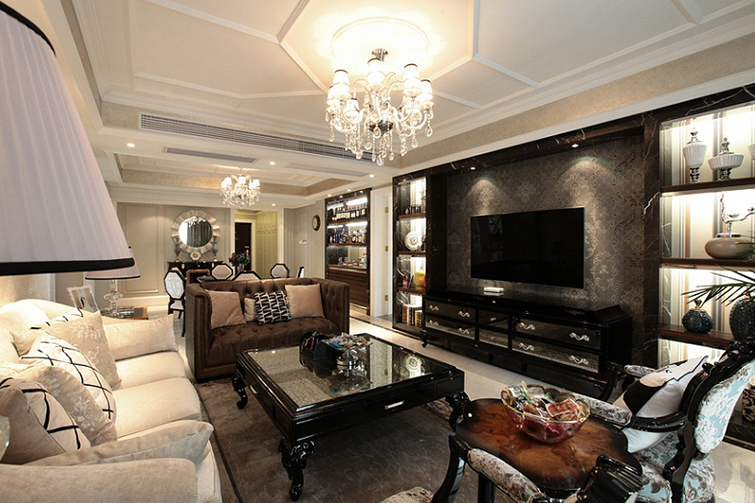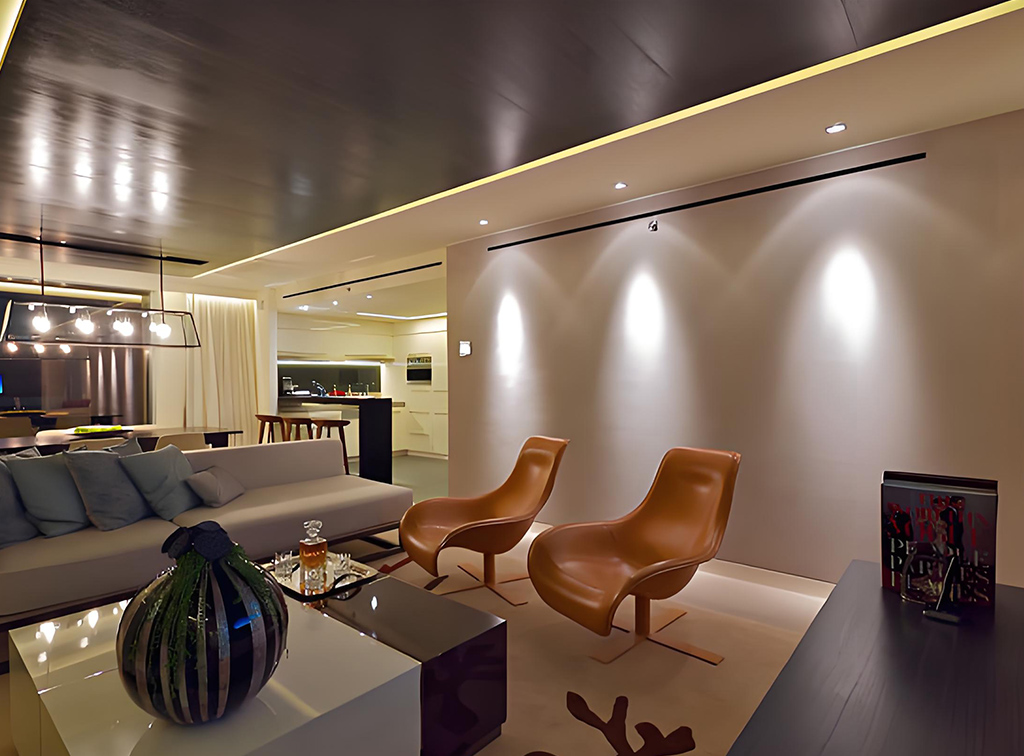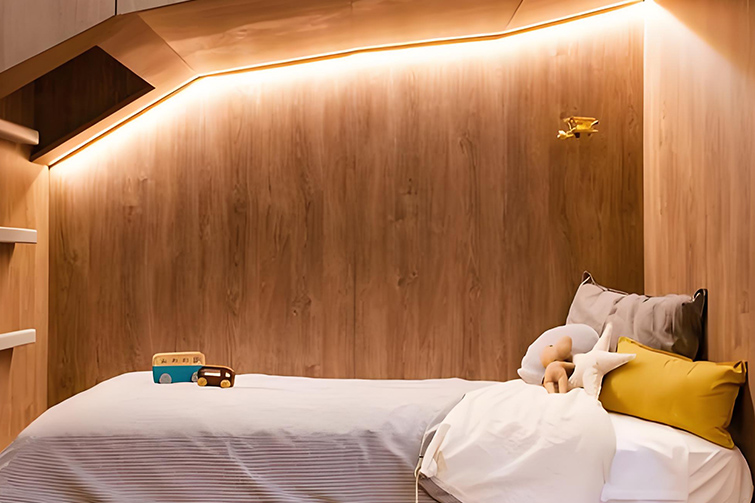

The Rise of Ambient Lighting: A Shift Towards Mainstream Design in 2024 Home Illumination
In the ever-evolving landscape of interior design, trends come and go, reflecting changes in technology, lifestyle, and aesthetics. As we step into 2024, a notable shift is underway in the realm of home illumination, with ambient lighting taking center stage and the traditional main overhead light fixture fading into the background. Let's explore how this transition is reshaping the way we illuminate our living spaces:

1.The Decline of Main Overhead Lights: For decades, the main overhead light fixture has been a staple in home lighting design, providing general illumination for entire rooms. However, in recent years, homeowners and designers alike have begun to eschew this conventional approach in favor of more nuanced and flexible lighting schemes. The harsh glare and uniformity of overhead lights are often deemed unflattering and uninspiring, leading to a growing preference for alternative lighting solutions.
2.The Rise of Ambient Lighting: Ambient lighting, also known as indirect or mood lighting, has emerged as the preferred choice for creating inviting and atmospheric living environments. Unlike main overhead lights, which cast harsh shadows and create stark contrasts, ambient lighting bathes rooms in a soft, diffused glow, enhancing visual comfort and relaxation. This subtle illumination can be achieved through a variety of sources, including recessed lighting, wall sconces, floor lamps, and LED strips, strategically placed to create layers of light and shadow that add depth and dimension to the space.
3.Enhancing Architectural Features: One of the key advantages of ambient lighting is its ability to highlight and enhance the architectural features of a space. By casting gentle shadows and emphasizing texture and form, ambient lighting can accentuate the beauty of exposed beams, vaulted ceilings, decorative moldings, and other design elements, turning ordinary rooms into captivating showcases of craftsmanship and style. This approach allows homeowners to showcase their unique architectural heritage and design sensibilities while creating a warm and inviting atmosphere.
4.Creating Versatile Lighting Schemes: Ambient lighting offers unparalleled versatility, allowing homeowners to tailor their lighting schemes to suit different activities, moods, and occasions. Whether it's hosting a dinner party, reading a book, or unwinding after a long day, ambient lighting can be adjusted to create the perfect ambiance for any situation. By incorporating dimmers, smart lighting controls, and color-changing LED technology, homeowners have greater flexibility and control over their lighting environment, empowering them to create personalized and dynamic living spaces that evolve with their needs and preferences.
5.Embracing Energy Efficiency and Sustainability: In addition to its aesthetic benefits, ambient lighting aligns with growing concerns about energy efficiency and sustainability in home design. By relying on multiple sources of indirect lighting, homeowners can reduce their reliance on energy-intensive overhead fixtures and lower their carbon footprint. LED technology, known for its energy efficiency and long lifespan, is a popular choice for ambient lighting, offering a cost-effective and eco-friendly solution that doesn't compromise on style or performance.
In conclusion, the shift towards ambient lighting as the primary source of illumination in home design reflects a broader evolution towards more personalized, versatile, and sustainable living environments. By embracing ambient lighting, homeowners can create inviting and dynamic spaces that celebrate the interplay of light and shadow, enhancing both the aesthetic appeal and functionality of their homes. As we look ahead to 2024 and beyond, ambient lighting is poised to remain a cornerstone of contemporary interior design, shaping the way we experience and interact with our living spaces.





